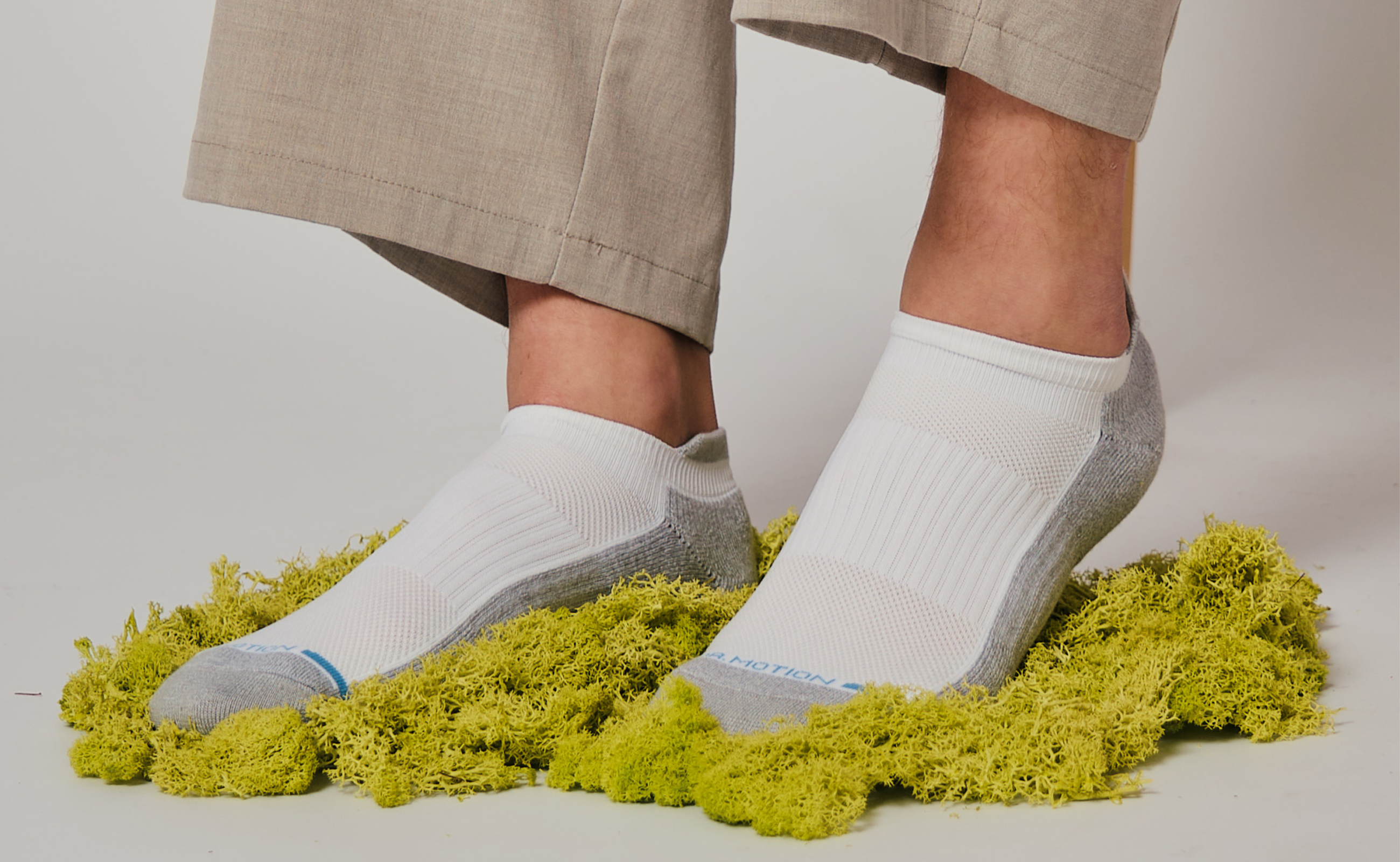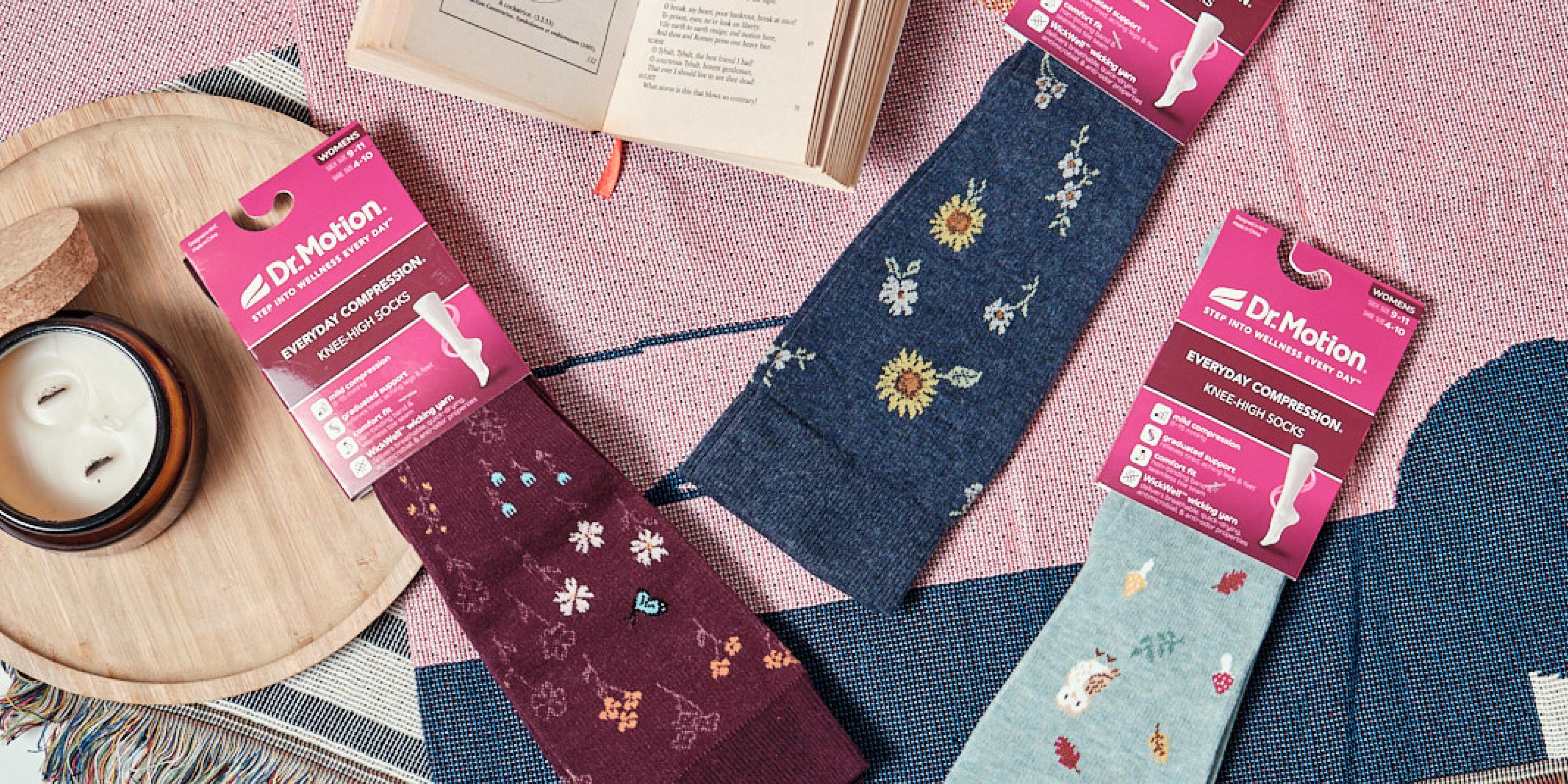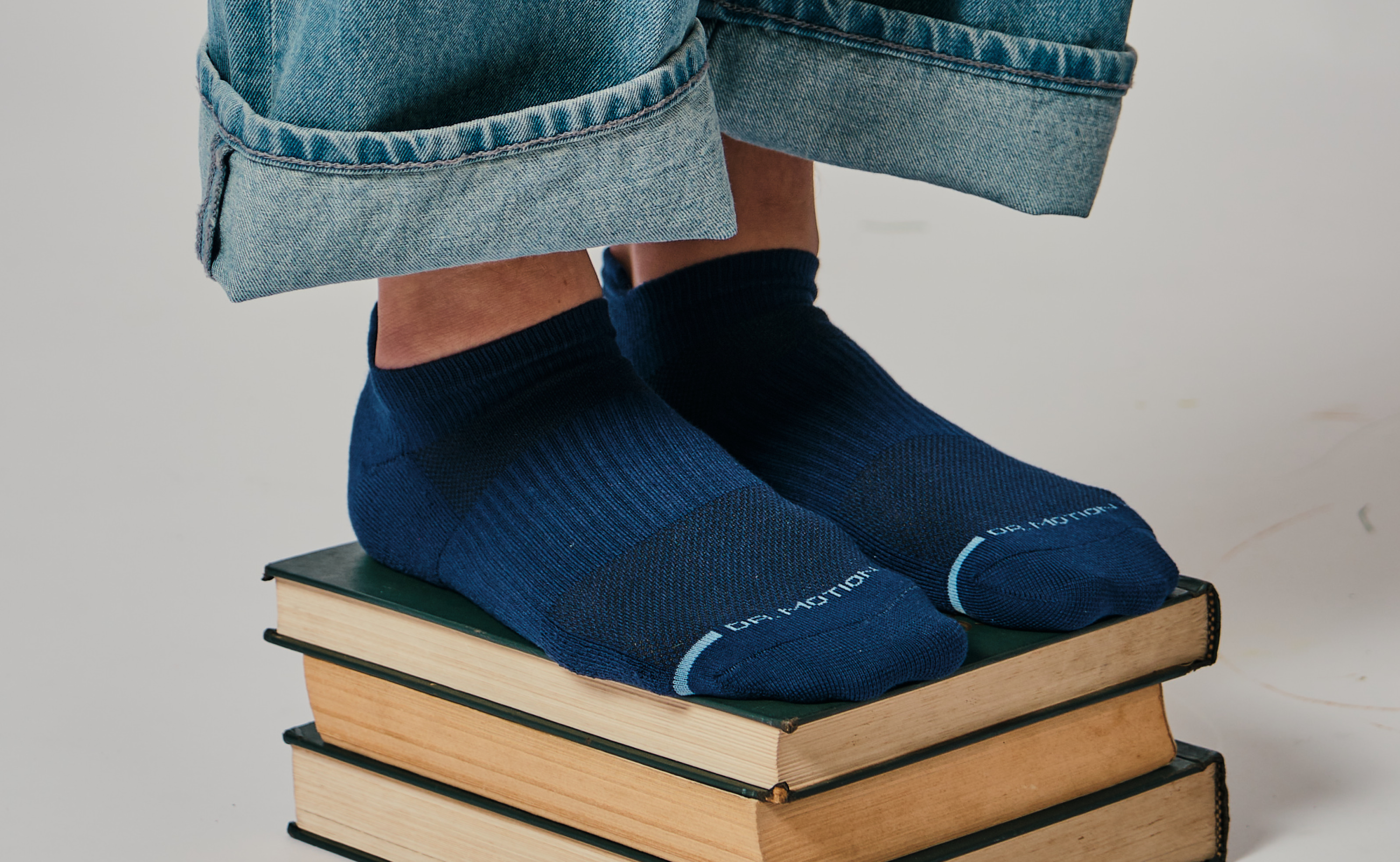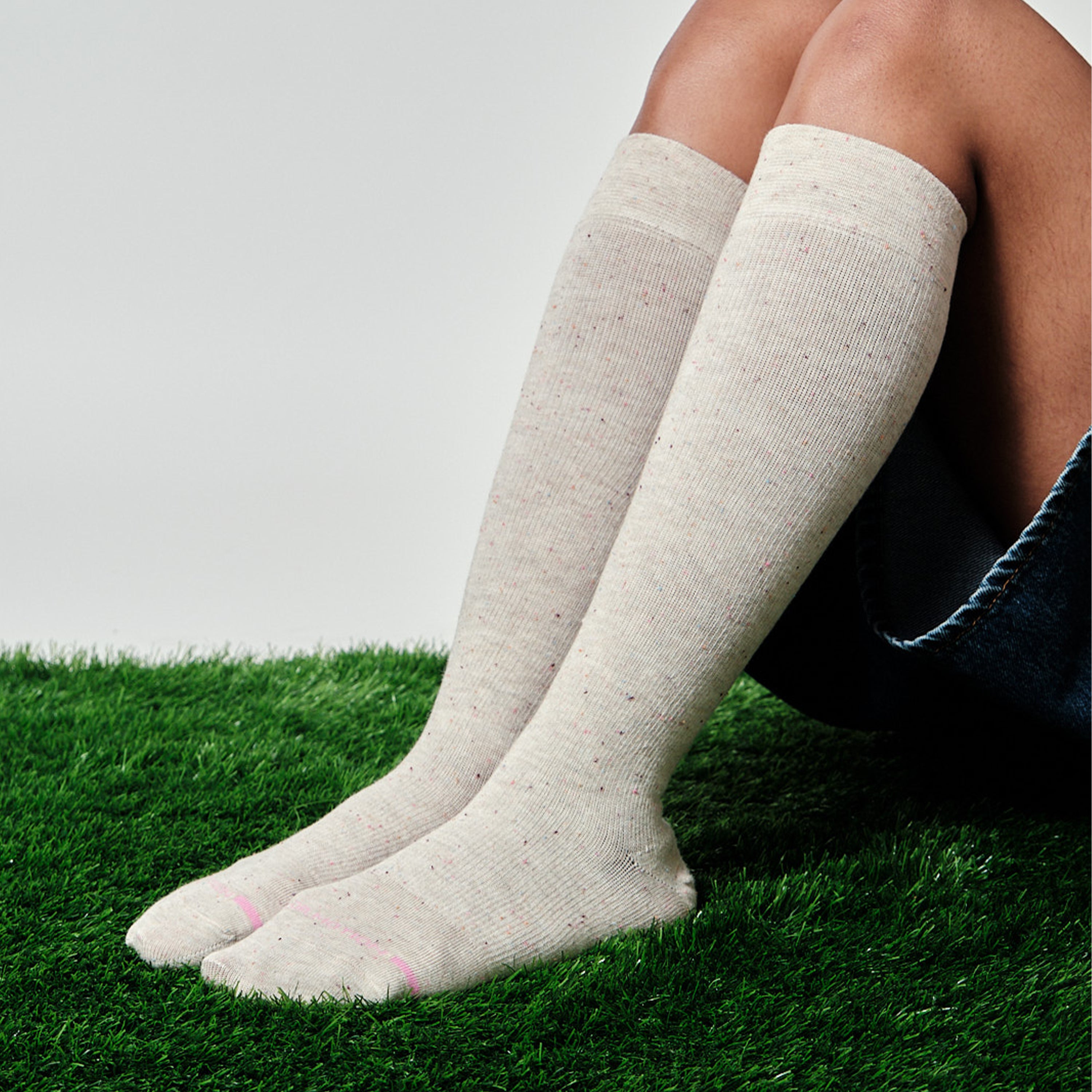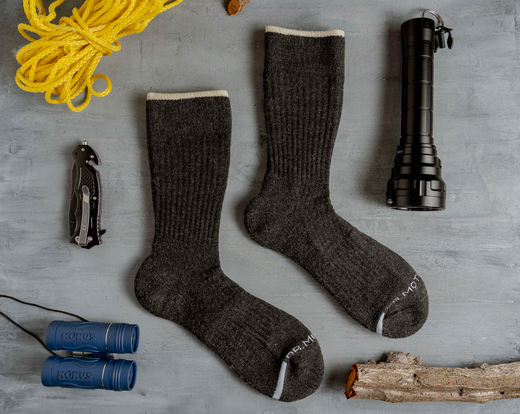What Are Graduated Compression Socks?
Did you know that the wrong amount of compression can be bad for you? Learn all about graduated compression socks in this guide.
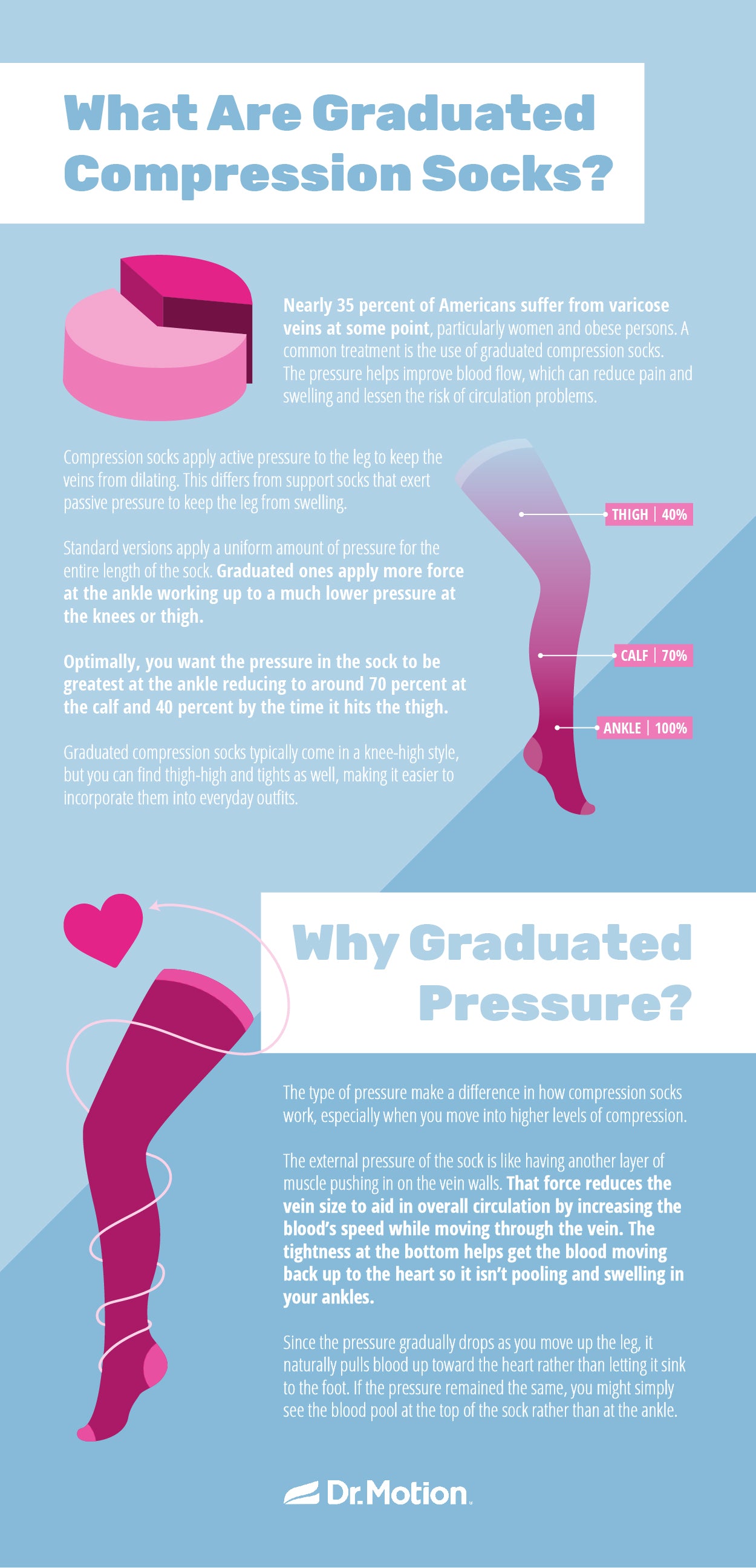
Nearly 35 percent of Americans suffer from varicose veins at some point, particularly women and obese persons. A common treatment is the use of graduated compression socks.
These socks are also popular options for athletes looking to improve performance and workers who spend too much time sitting at a desk. The pressure helps improve blood flow, which can reduce pain and swelling and lessen the risk of circulation problems.
Let’s take a look at these types of compression socks and when graduated compression makes sense.
What Are Graduated Compression Socks?
Compression socks apply active pressure to the leg to keep the veins from dilating. This differs from support socks that exert passive pressure to keep the leg from swelling.
Standard versions apply a uniform amount of pressure for the entire length of the sock. Graduated ones apply more force at the ankle working up to a much lower pressure at the knees or thigh.
You can tell you have graduated compression socks if the packaging lists a range of pressures rather than a single number. Optimally, you want the pressure in the sock to be greatest at the ankle reducing to around 70 percent at the calf and 40 percent by the time it hits the thigh.
Both medical compression socks and anti-embolism stockings use graduated pressure, but they fill different needs. The former can be used while standing, moving, and going about your day. The latter is strictly meant for bedridden patients to reduce the risk of deep vein thrombosis.
Graduated compression socks typically come in a knee-high style, but you can find thigh-high and tights as well, making it easier to incorporate them into everyday outfits.
Why Graduated Pressure?
Does the type of pressure make a difference in how do compression socks work? Yes, it does, especially when you move into higher levels of compression.
The external pressure of the sock is like having another layer of muscle pushing in on the vein walls. That force reduces the vein size to aid in overall circulation by increasing the blood’s speed while moving through the vein. The tightness at the bottom helps get the blood moving back up to the heart so it isn’t pooling and swelling in your ankles
Since the pressure gradually drops as you move up the leg, it naturally pulls blood up toward the heart rather than letting it sink to the foot. If the pressure remained the same, you might simply see the blood pool at the top of the sock rather than at the ankle. This explanation helps people understand exactly how do compression socks work to improve circulation and reduce swelling.
Find the Best Compression Socks Here
Graduated compression socks improve the blood flow in the leg providing better circulation for vascular issues. You can choose compression stockings that fall below or above the knee depending on what you find more comfortable. The amount of pressure you pick also depends on comfort and need.
While compression socks are usually used for medical purposes, that doesn’t mean you can’t have fun or be fashionable with them. Check out our best sellers to find designs perfect for any outfit.
Disclaimer: This article provides information solely for educational purposes, including but not limited to text, graphics, images, and other materials contained herein. This article is not intended to substitute for professional medical advice, diagnosis, or treatment. Always seek the advice of your physician or another qualified healthcare provider with any questions you may have regarding a medical condition.



